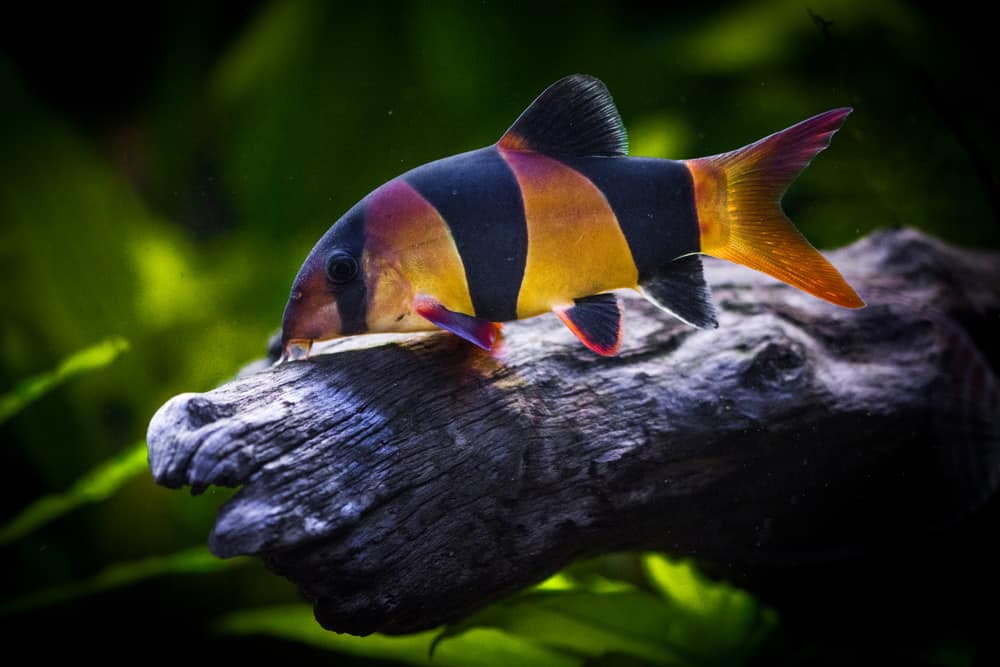
Fish are very interesting, intricate creatures.
From their anatomy to their behaviors, there is always something new to learn.
It’s an interesting thing to have an entire aquatic world right there for you to observe whenever you please, and as always, with a new, mysterious world come questions.
You may be watching your fish swim around and find yourself wondering how it all works, how they move and live the way they do.
Whether you’re studying or simply curious, we know you might be interested to know one thing: Do fish have backbones?
If so, which ones?
How long have they had backbones?
Why do they need them in the ocean?
Why is a backbone even important, anyway?
The answers just might surprise you.
Do Fish Have Backbones?

Yes, all fish are classified as vertebrates, and therefore, they do have backbones!
Every fish you’ve ever cared for has had a backbone, a skull, and jaws, though their bones aren’t like those of creatures who live on land.
There are two types of fish that have vertebral columns: cartilaginous fish, which have a skeletal structure made of cartilage, and bony fish, who have actual bones.
Nearly every fish has a backbone, with the only exception being the hagfish, which have something called a notochord.
A notochord is a cartilaginous rod which is not classified as a backbone but serves pretty much the same purpose.
A Closer Look at the Hagfish
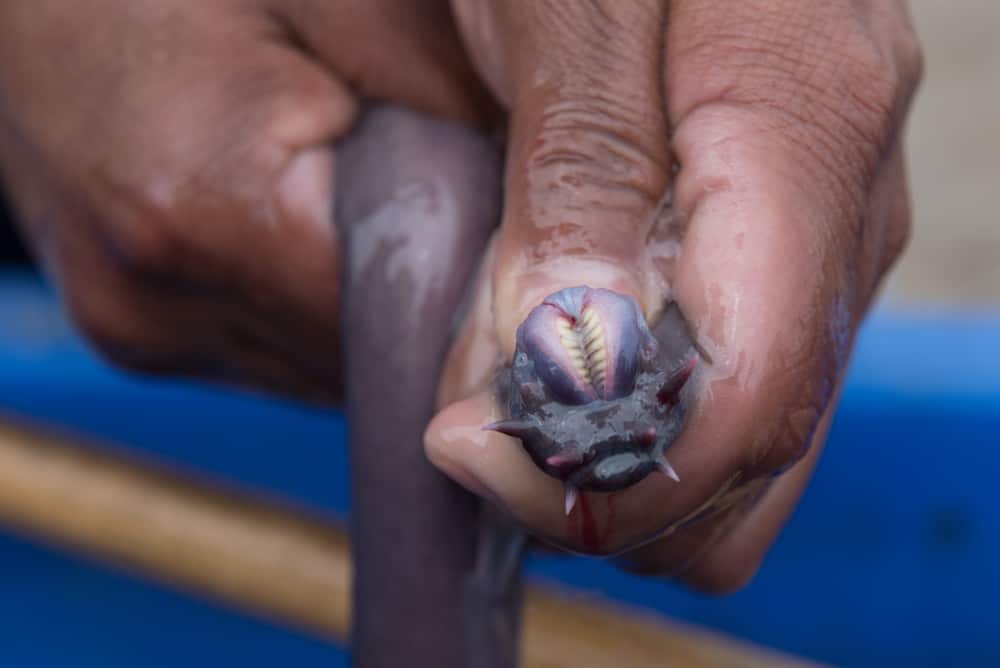
Speaking of the hagfish, we feel that we should delve deeper into the anatomy, behavior, and life of this odd little fish.
For starters, one thing that really makes the hagfish unique is the fact that they have a skull, no spine, and their skeleton is nothing but cartilage.
They are the only animal in the world to have a skull without a spine.
Speaking of their bones, they also don’t have a jaw!
These strange creatures have been around for 330 million years, and they are the vultures of the sea floor, in a sense.
They feast on dead and dying creatures at the bottom of the sea, burying themselves in their meal to eat it from the inside out.
They’re found in colder waters at a depth of 5,600 feet, where they live quiet lives cleaning up the dead.
Despite being spineless, they don’t have an exoskeleton to protect them.
Their skin is soft and scaleless, fitting on them like a loosely-fitting sock.
Before we move any further, you may be wondering what an invertebrate is, but first, we should cover vertebrates.
What Is a Vertebrate?

A vertebrate is an animal with vertebrae, or a backbone, and those include mammals, reptiles, birds, and fish.
They all have backbones.
Backbones first developed about 525 million years ago when the Cambrian explosion happened, and diversity between organisms rose significantly.
You may be wondering why backbones are important, anyway, and the answer is that, without backbones, all vertebrates’ bodies would be worse off and less protected.
The backbone’s entire purpose is to support the body and protect the organs inside the creature.
Just because it’s vital in some creatures doesn’t mean that there aren’t some species that can live without it.
Vertebrates make up roughly three percent of the world’s population of species.
That’s only 65,000 known, documented species.
What about the rest that live without a spine or any backbones for support?
How do they survive?
What Is an Invertebrate?

A creature without a backbone is called an invertebrate, and they are creatures which can function just fine without the need for extra bones.
A few invertebrates you may be familiar with are jellyfish, snails and slugs, and insects.
Just because something doesn’t have a backbone doesn’t mean it’s without any kind of protection.
Many invertebrates, such as spiders, insects, and crustaceans, have an exoskeleton instead of a backbone.
Invertebrates make up a whopping 97 percent of the world’s species population, with 1.25 million discovered species.
Invertebrates have been around for a very long time: about 3.5 billion years!
The first microscopic organisms that appeared in the ocean were invertebrates, and they are part of the origins of life on earth.
You might even have a few invertebrates in your community tank.
If you have any shrimp, crabs, clams, or snails, you’ve got a spineless specimen right in your home.
How Do Backbones Grow?

Many fish are not live births, and don’t grow in their mother’s womb like us, so how do their spines grow?
It all comes down to cells.
Take ray-finned fish, for example.
They use two different types of cells to grow their spines: somites and chordoblasts.
Somites are cells which make up human spines, as well as those of all land-dwelling vertebrates.
Meanwhile, fish’s spines grow differently depending on the species.
Why Do Fish Need Bones?
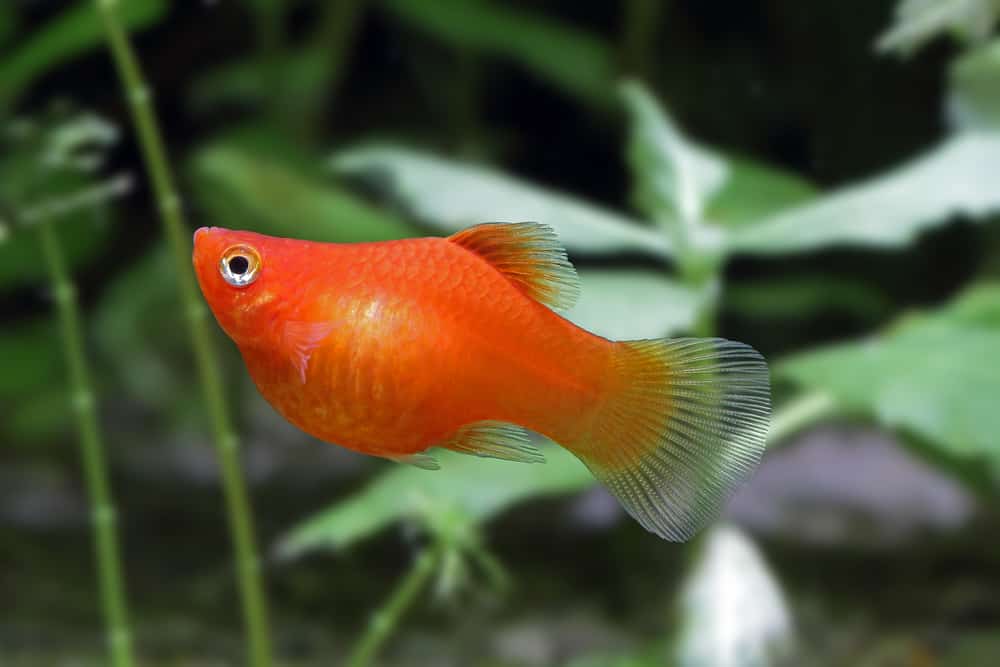
You may be thinking to yourself, “Why do fish need bones in the first place?”
It’s because their bones serve a purpose, just like any other creature’s bones.
Without them, they would have to function very differently.
A fish’s spine and other bones serve a few different purposes, including support, protection for their organs, and aiding them in movement.
Fish need their bones just as much as any other vertebrate does.
Without bones, fish would struggle to propel themselves, hold their shape, and defend themselves from predators.
Looking into Fish Anatomy

Ah, but back to your fish and their backbones.
Backbones aren’t the only vital part in a fish.
Their entire anatomy is actually pretty interesting.
Fish have a lot of similar parts to us humans, even if they look very different from us, and their anatomy can be broken down easily.
Let’s get started at the head.
A fish’s basic anatomy begins with their eyes, brain, and gills.
The gills function as a way for them to filter oxygen out of the water, which allows them to breathe.
They have a heart, liver, gallbladder, kidney, and spleen.
Then there are their spines, and their spinal nerve cords.
They also have a stomach and intestine for digestion, muscles, and a swim bladder, which is a little organ which fills with gas to allow your fish to swim upright and keep them from sinking.
They have a urinary bladder, a reproductive organ, and a vent from which they lay their eggs or dispose of their waste.
On the outer layers of your fish, you’ll see their scales and fins.
Keep in mind that the specifics of a fish’s anatomy can vary by species, but these are some of the main building blocks which make up a fish.
A Closer Look at Your Fish’s Skeletal System

Your fish’s skeletal system doesn’t end at their backbone.
They have quite a few different bones which all serve equally important purposes.
Each fish’s skeleton consists of a vertebral column (backbone), jaw, skull, ribs, and intramuscular bones.
The ribs and skull provide protection to the fish’s organs and other body parts.
They keep their heart, swim bladder, brain, digestive system, and everything in between safe from harm.
Fish also have various fin rays which allow them to propel themselves forward through the water.
Without their fin rays, they would have no fins, and without fins, they would have no way to control the direction they swim in, leaving them to struggle in the currents.
Some other important bones include their gill arches, which aid in the respiratory system’s operation.
The gill arches allow the gills to work properly and let the fish breathe underwater.
Just like our bones, a fish’s bones need to be properly cared for.
Keeping Your Fish Healthy
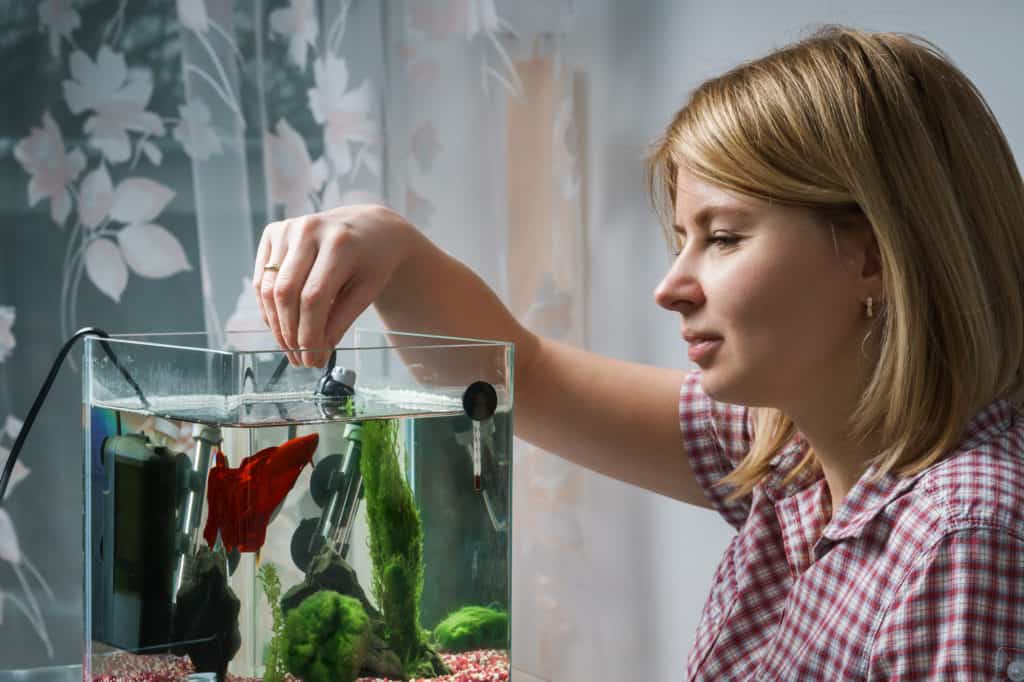
Your fish may be built differently, but this does not mean they are not susceptible to disease and illnesses.
Fish can unfortunately have problems with their spine, as well as their organs, which can become quite serious when left undiagnosed or left untreated.
Your fish can have a curved or bent spine, which will most likely stem from being infected with a Gram-positive mycobacteria.
This is commonly known as fish tuberculosis, and it is a chronic, progressive disease which usually takes years to develop.
If you suspect your fish may have fish tuberculosis, remove them from their community tank (if that is where they’re housed) and quarantine them for at least four weeks.
It’s best to consult a vet for treatment, and do your best to avoid this infection by keeping the tank’s water quality at its best and avoiding overcrowding.
There are also various bone and muscle disorders which can plague your fish, including Broken Back Disease, which is typically caused by a vitamin C deficiency.
Despite the name, however, this disease won’t literally break your fish’s back.
Instead, their back can be bent which can cause various issues.
Finally, one bone and muscle disorder which might affect your angelfish or neon tetras is caused by a parasite known as Pleistophora hyphessobryconis.
This parasite will attack a fish’s skeletal muscle, which will deeply affect their movement, and the only way to get a diagnosis is to have a vet perform a microscopic examination.
If you suspect your fish has been infected by this parasite, the best thing to do is get in contact with a vet and quarantine your infected fish as soon as possible.
Other good ways to keep your fish and their bones at their best is to always house them in the right conditions.
The right conditions will vary from fish to fish, so be sure to do your research before taking any finned friends home with you!
You should also make sure your fish get the proper nutrients to keep them at their best.
However, the best way to keep them healthy is to keep a close eye on them for any odd behaviors or loss of appetite.
It’s Going to Be Just Spine
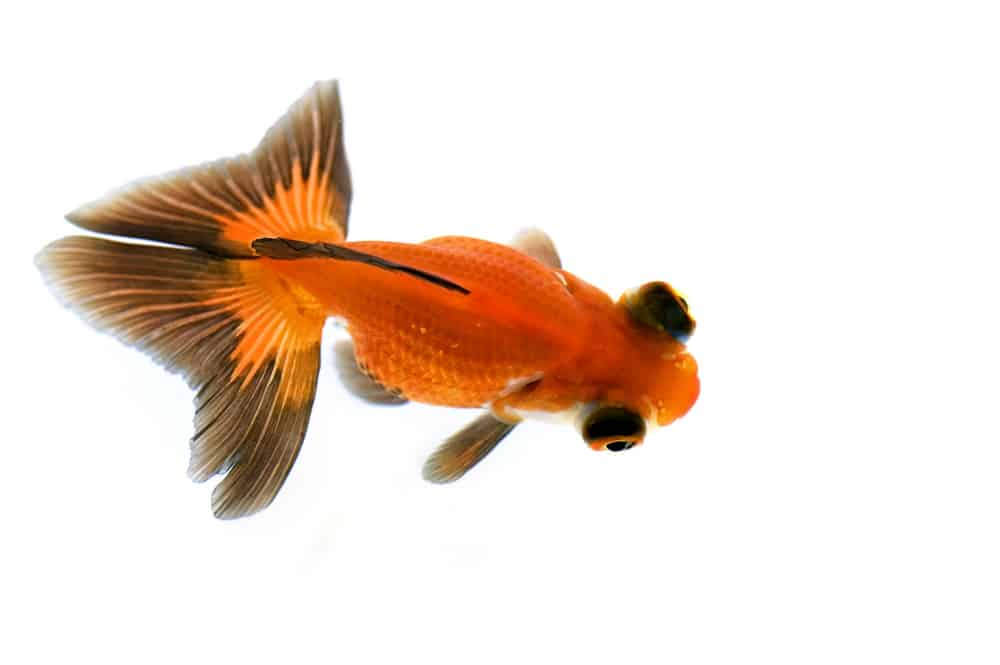
There you have it.
Fish do have backbones.
They are true vertebrates.
There’s only one fish without a backbone, but that is one that you wouldn’t want in your aquarium anytime soon!
Try to give your fish the best water quality possible and feed them well to keep them at their best and avoid illnesses.
We wouldn’t worry too much about things like that.
As long as they’re housed and fed properly, your fish should live long, happy lives in their little community.
Now that you have all this information about your fish’s anatomy, you can do your best to look out for them and spot irregularities quickly.
Your fish is in great hands thanks to you and your dedication to learning.
Always stay curious, and keep your questions coming!
Were you surprised that fish have backbones?
Is there anything special about your particular fish’s anatomy?
What will you do with your newfound knowledge?
Leave us a comment.
We are always looking forward to hearing what you have to say.
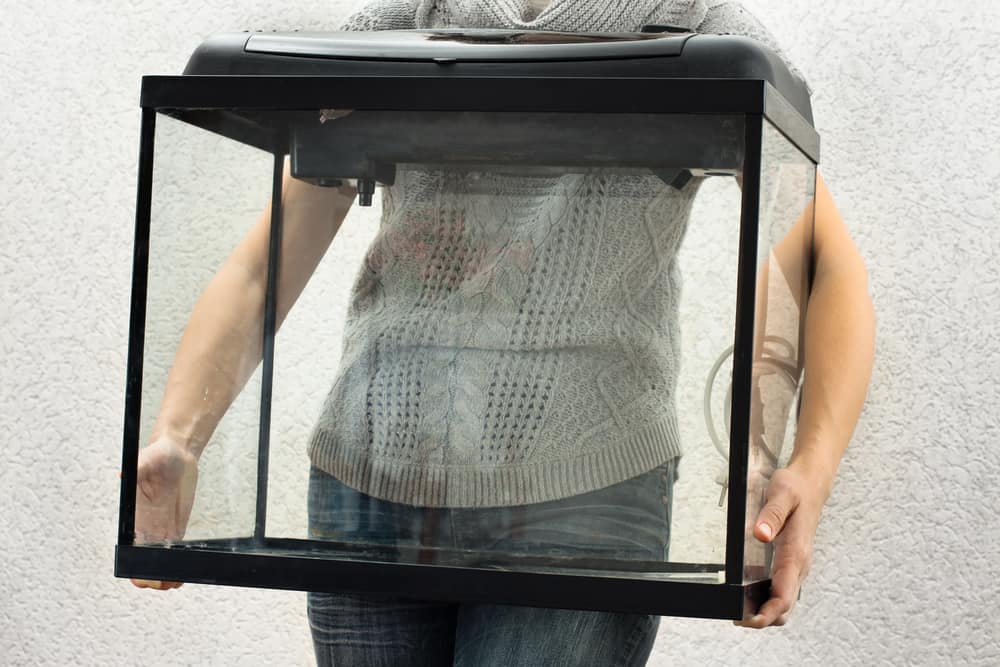
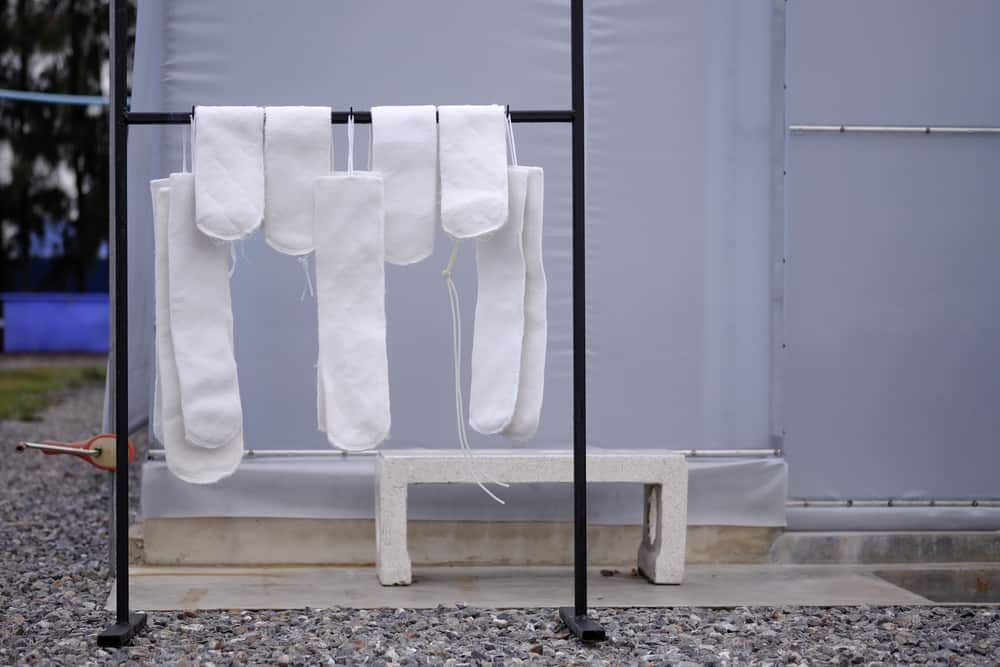
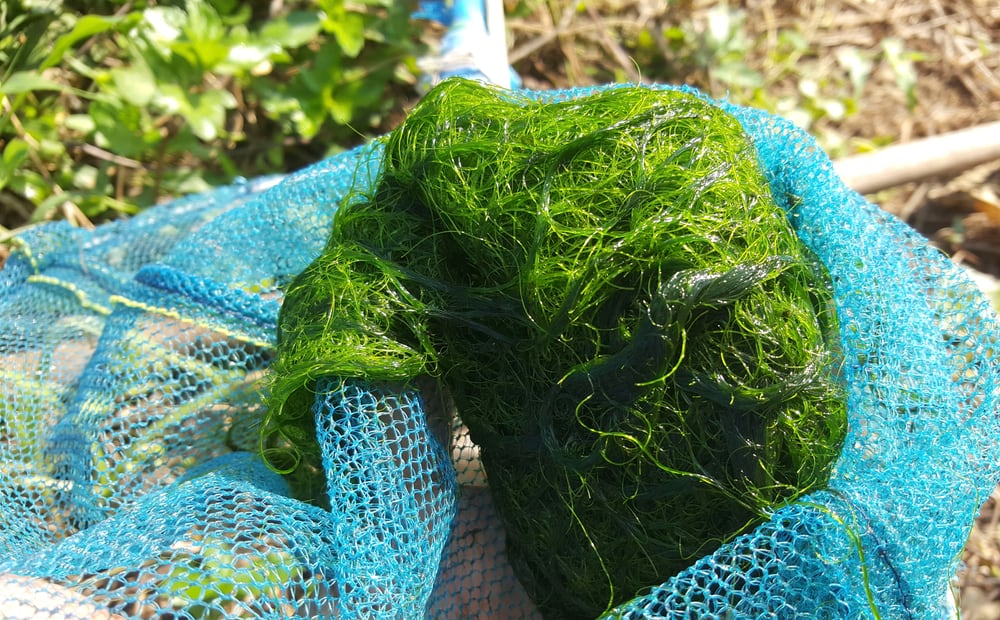
Leave a Reply
You must be logged in to post a comment.